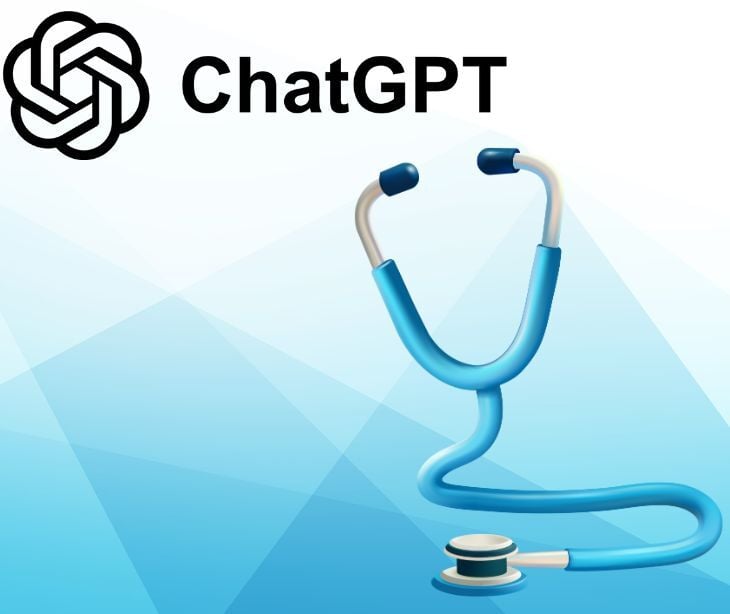
The Network of the National Library of Medicine defines data standards as, “Data standards refer to methods of organizing, documenting, and formatting data in order to aid in data aggregation, sharing and reuse.” Clinical data standardization is a method of creating consistency, accuracy, and efficiency in the collection, analysis, and sharing of clinical research data.
These standardized data formats allow researchers to compare and combine data from different studies and sources seamlessly. When clinical data is standardized, it also serves to eliminate the variability that often comes from different research groups using diverse methodologies and data recording practices.
The application of clinical data standardization in healthcare
- Standardization means adopting uniform formats for recording patient information, such as symptoms, diagnoses, treatments, and outcomes.
- When clinical data is standardized, healthcare providers can more easily access and understand a patient's medical history, regardless of where the data was collected. t, and reduces the risks of errors or redundant testing.
- Standardized data allows researchers to aggregate and analyze information from different sources and studies effectively.
- Standardization simplifies sharing data between healthcare institutions, researchers, and across borders.
- Public health organizations rely on standardized data to monitor health trends, track disease outbreaks, and assess the effectiveness of health interventions. .
- Standardization is key to interoperability among electronic health record (EHR) systems in the digital age.
- Standardized clinical data streamlines the drug approval process for regulatory bodies like the FDA. It allows for a more straightforward comparison of clinical trial data.
- Standardized data is assists in the growth of personalized medicine, where treatment is tailored to individual genetic profiles.
See also: HIPAA Compliant Email: The Definitive Guide
Integrating data standardization from research to clinical practice
Overall, integrating clinical data standardization into everyday practice represents a significant step forward in improving the quality, safety, and effectiveness of healthcare delivery. Adopting standardized formats for recording and reporting patient information, ensures that patient data is consistent, clear, and easily interpretable. The integration greatly enhances communication between different healthcare professionals and departments.
For example, when doctors, nurses, and specialists use the same standardized terms and categories to describe a patient's symptoms, diagnoses, and treatments, it reduces misunderstandings and improves the accuracy of patient care. Furthermore, standardized data fits seamlessly into EHR systems.
See also: What is data standardization?
Legislation and protocols that regulate clinical data standardization
Each of these legislations and protocols aims to standardize clinical data in a way that enhances its usability, security, and interoperability. These allow for the regulation of clinical data standardization especially in an age of constant technological advancement.
Clinical Data Interchange Standards Consortium (CDISC)
While not a legislative body, CDISC develops and supports global data standards that enable information system interoperability to improve medical research and related areas of healthcare. CDISC standards are widely adopted and are considered a best practice in the field.
The 21st Century Cures Act
Passed in the United States in 2016, this act includes provisions to promote data sharing and the use of electronic health records. It encourages the standardization of clinical data to improve patient access to health information and to facilitate more efficient healthcare delivery.
The Food and Drug Administration (FDA) Regulations
The FDA requires standardized data for regulatory submissions. For instance, for clinical trials, the FDA often requires data to be submitted in formats conforming to standards set by the CDISC.
See also: What is data strategy?
FAQs
What is the main challenge with achieving clinical data standardization?
The main challenge is the diversity of data sources and formats used by different healthcare providers, which complicates the integration and standardization of clinical data.
What are the forms of data standardization?
Forms of data standardization include standardized terminologies, measurement units, coding systems (like ICD-10 and SNOMED CT), and data formats (such as HL7 and FHIR).
How does data standardization improve the drug approval process?
Data standardization improves the drug approval process by ensuring consistent and accurate data reporting from clinical trials.
Subscribe to Paubox Weekly
Every Friday we'll bring you the most important news from Paubox. Our aim is to make you smarter, faster.




